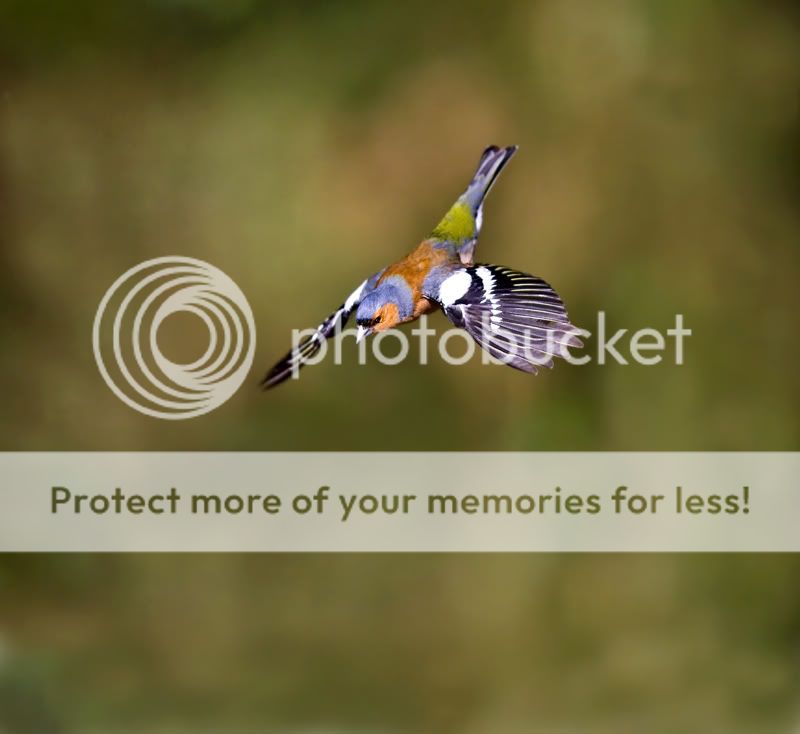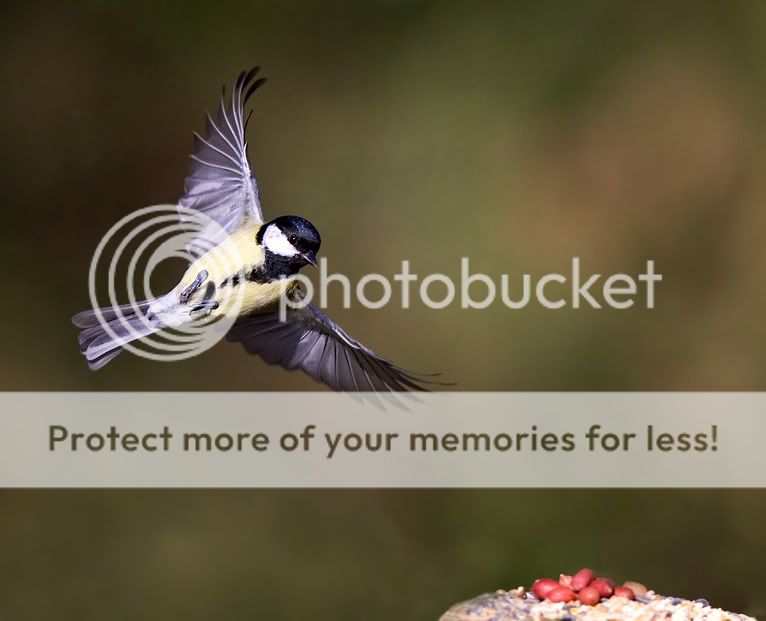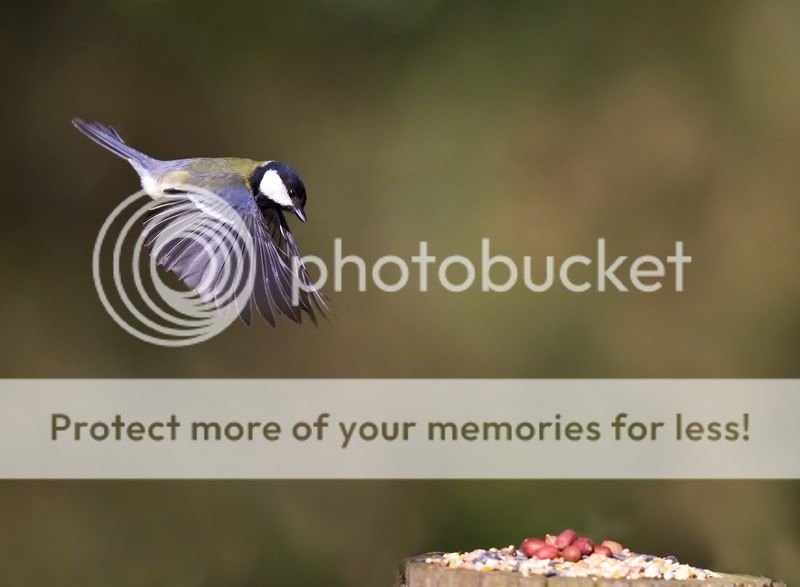Roy C
Occasional bird snapper
I have never had much success with this so am looking for some tips. I have come the the conclusion that you have to pre-focus on a spot and then let rip with a high burst but what shutter speeds for say, birds like the blue tit. Also I guess it helps to stop the lens down a bit - would you say f8?. I have tried shooting at around 1/1600 sec and f8 but trouble is you need a very hight ISO or mega good light to acheive this. Another thing is exactly where to focus, for instance if you are using a feeder as the distance would you pre focus right on the feeder or just in front of it ? Anyone with any killer tips ?








